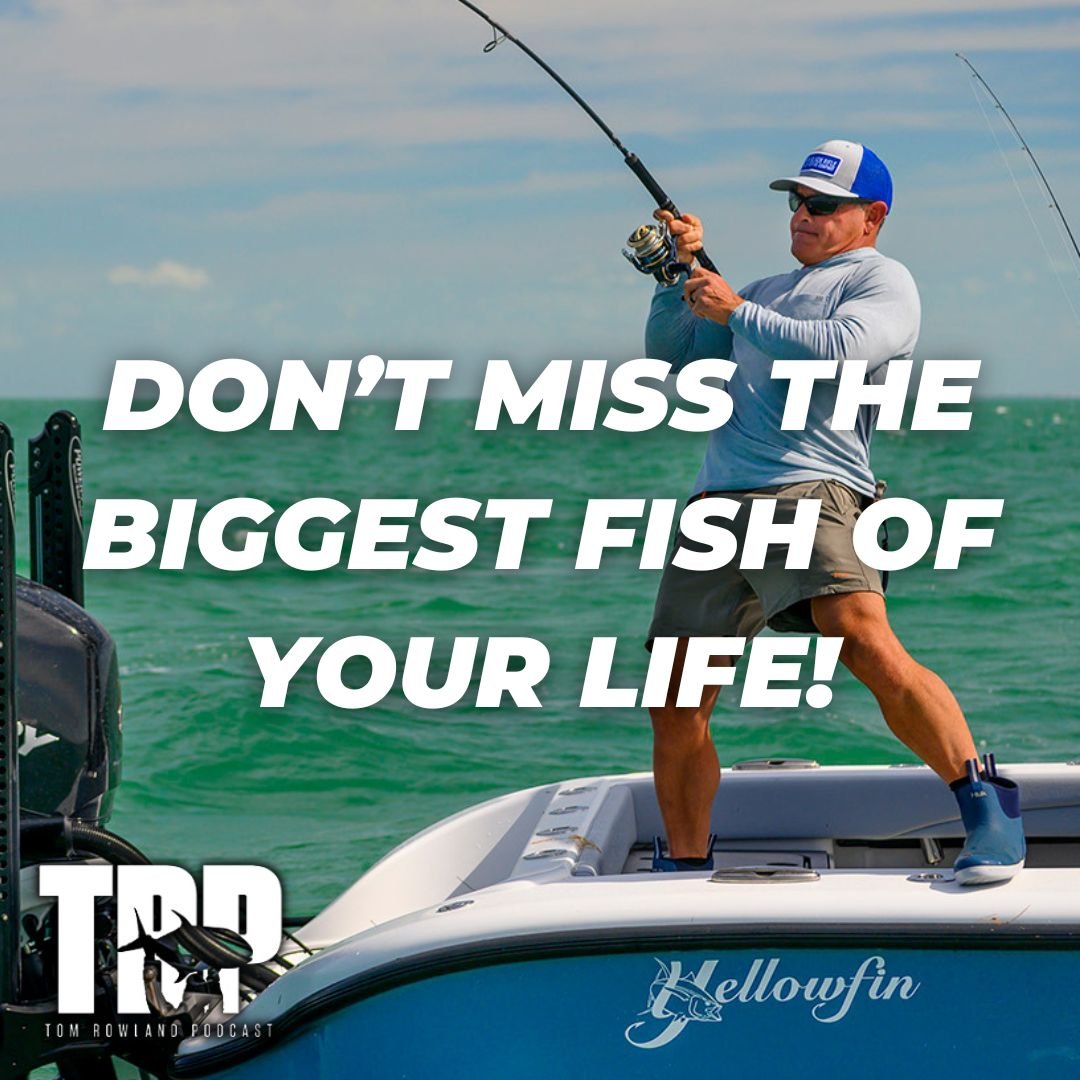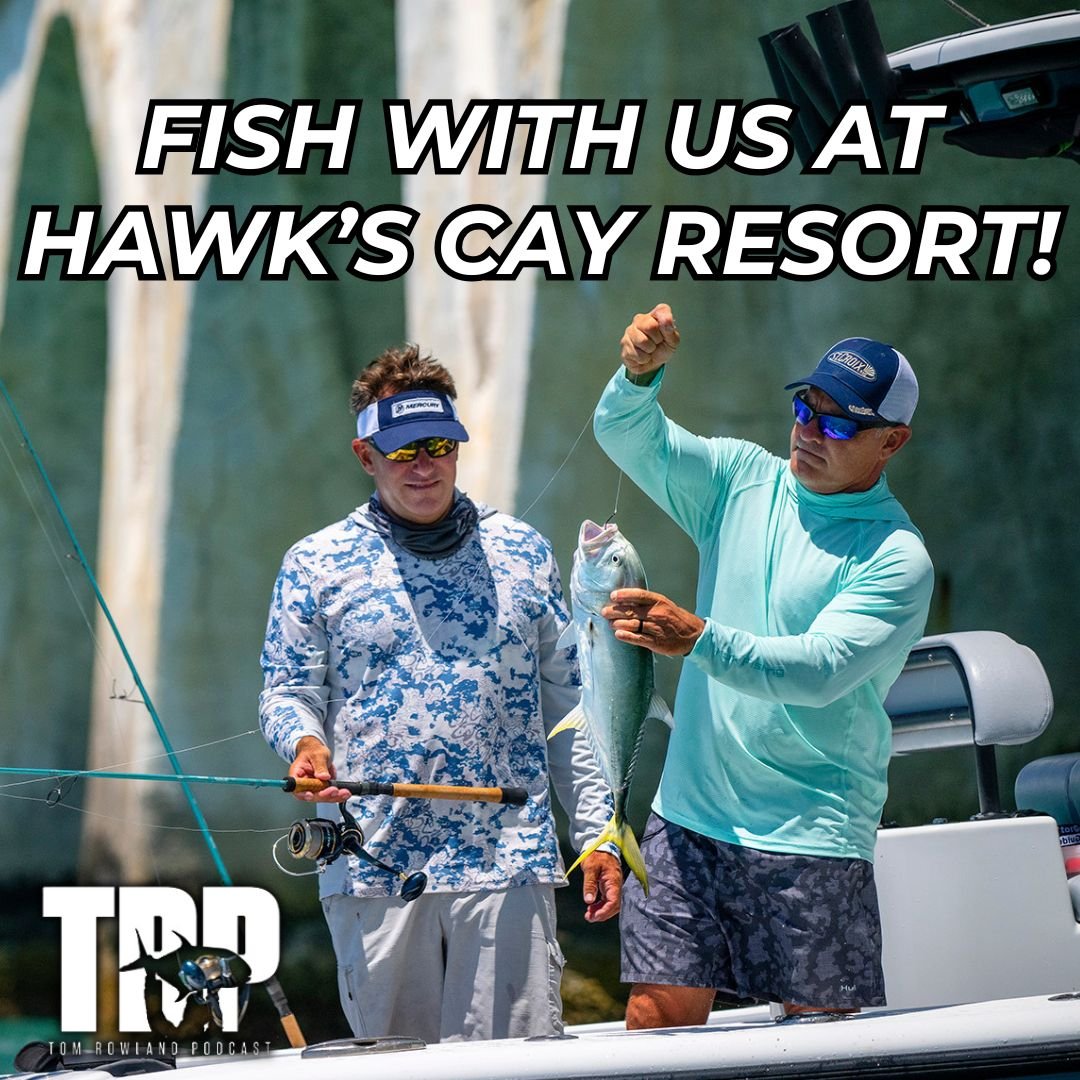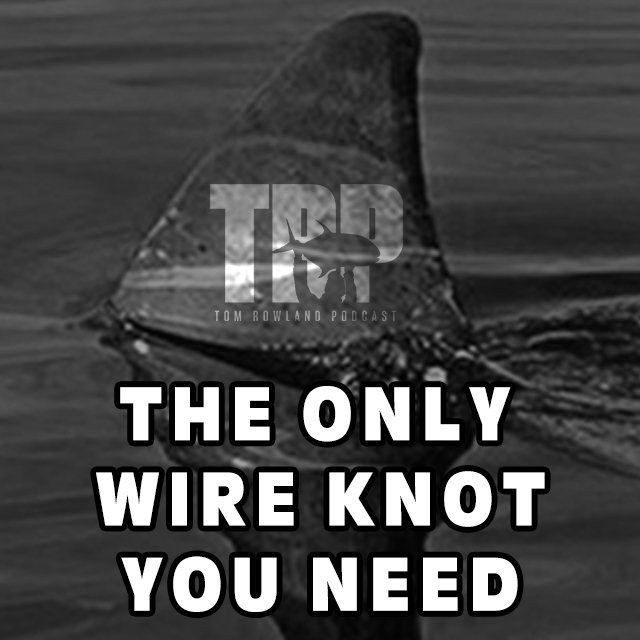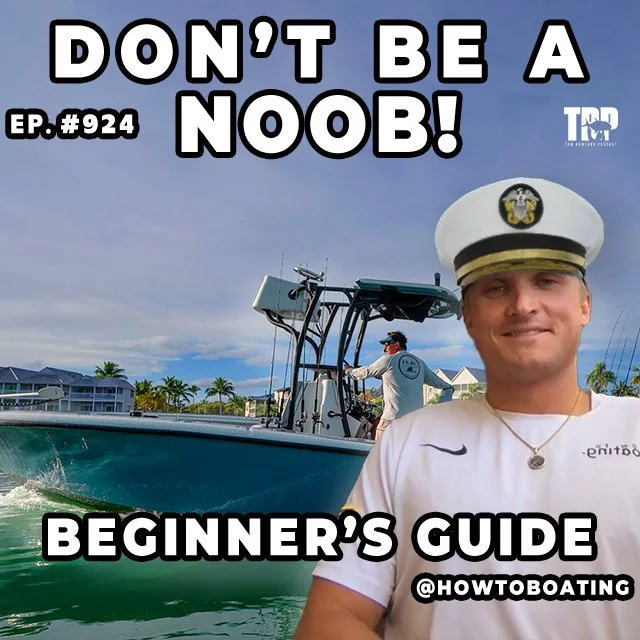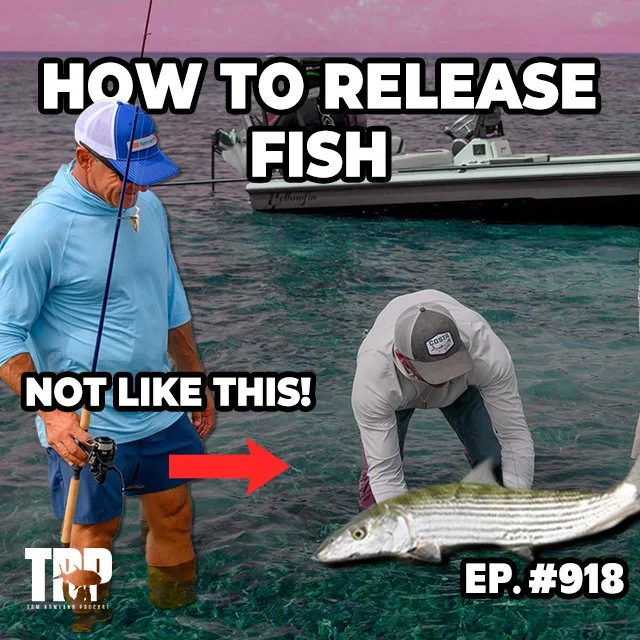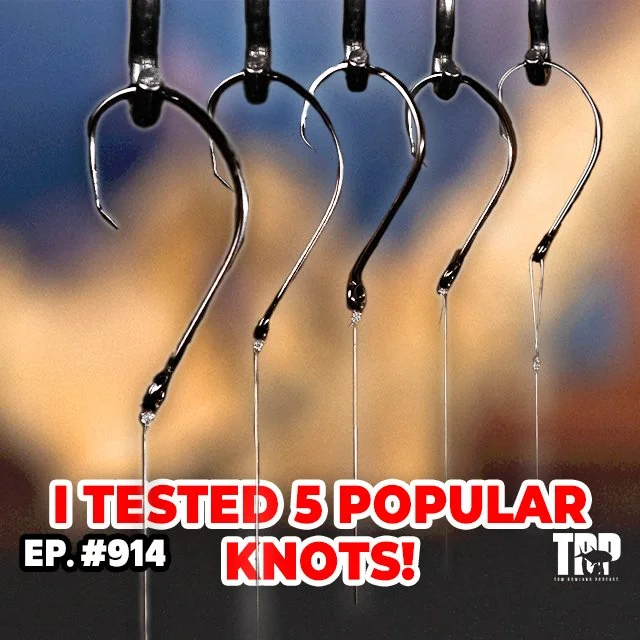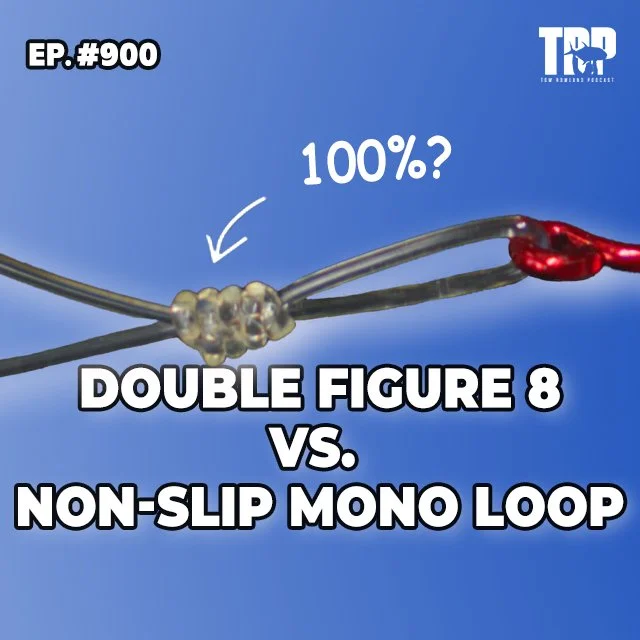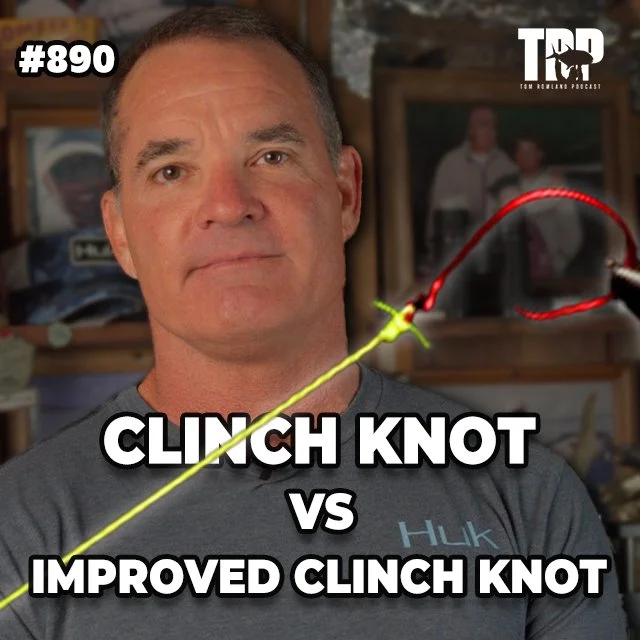How 2 Tuesday - Proper Fish Handling Techniques
How 2 Tuesday - Proper Fish Handling Techniques
TOM ROWLAND PODCAST
LISTEN NOW ON ITUNES, PODCASTS, SOUNDCLOUD, SPOTIFY, OR STITCHER!
Podcast Synopsis
Catch and Release has been a great thing for conservation, few would argue that. However, some people mishandle fish before release which could be killing them and cancelling out all good intentions of release. A listener asked if I would do this show on how to properly handle fish intended for release. I was a little hesitant at the time because each fish that we fish for requires a slightly different technique. I wasn’t sure if I could effectively communicate, through audio only, the proper way to handle fish. I gave it a whirl anyway and hope it is helpful, if you want to know more please email me and I would be happy to provide any details that were missed in the podcast.
The whole idea behind catch and release is that you let it go to contribute back to a healthy fishery by reproducing and such. You are not helping yourself if you are handling the fish in a way that will harm the fish so that it can’t contribute to the environment. Now, there are times where you might want to eat fish and there is certainly a place for keeping fish within the limit and the law - but there are species that we try to release and here are some things that we can go over:
Fingers In The Gills
One of the things I see is people sticking their hands and fingers up in the gills. I know that some fish can be handled that way (larger fish you can get some fingers in the gill plate without ever touching the gills). That is one of the safer ways to handle a barracuda, but you want to just put your finger in the gill plate, if you go too far it will bite your finger off or you will damage the gills.
But every fish that you will fish for has a way that you can handle it that is safe for the angler and the fish. For tarpon (also redfish or snook) you can in the mouth and have control over it - but you don’t want to do the same thing with a Mackerel, Jack Crevalle, or barracuda.
Tail Handle
Some fish have a boomerang tail that you can grab such as permit, mackerel, wahoo because of their great handle right there above the tail. Other fish have a softer tail, though they might not have a handle, you can still control them that way. Other fish are typically gaffed like a Cobia, but if you net them then they will sit in a catatonic state (if they are being supported by the net they will lay still, if you put them in the net on the deck of your boat then they will go crazy).
Smaller Fish
On smaller fish like baby tarpon, permit, mackerel, and bonefish - people will sometimes squeeze them because they are afraid of losing them. They might have the tail in one hand and be squeezing them to the point that their eyes look like they are popping out. If you do this you are definitely braking their ribs and there is no need to take them out of the water onto your boat and take a picture. For these smaller fish you will just barely take them out of the water and by all means take a photo. But around the tail is where you will grasp the fish and just lay the pectoral part of the fish on your hand gently.
Netting Fish
I am a huge fan of netting fish, I believe this cuts down the fighting time so much and any damage that the net might do is not as much as someone fighting a trout for an extended amount of time. So while the fish is in the net you can get the camera ready and just let the fish stay in the net. When ready, grab the tail, cradle the fish under the belly, take a quick photo and then put it back in the net. Then take the fish to a nice place where the current isn’t too swift and it can have a nice cushion to catch its breath and take off.
Similarly a photo with a bonefish you can gently turn it upside down where it will put it in a catatonic state and when ready you will gently roll it over and lift it slightly out of the water. Then take a photo and put it back - do this for a couple but you won’t need a photo for every fish. You have probably noticed that when you show people pictures they might not notice much of a difference in the fish, you do, but they might not. Once you’ve got some good pictures you can start to just let the fish go without touching them.
When you are catching a lot of fish and you have all the photos you need. So at this point you don’t need a photo and the best way to handle the fish is to not touch them. As the fish comes in you will just slide your hand down the leader with your pliers, grasp the fly and just shake it out. That is the best way to handle them. The only way to make it better is to fight the fish very quickly to you so you don’t stress it out.
Most important things to remember:
Keep them in the water as much as possible
Fight them to the boat as quickly as possible
Minimize any unnecessary handling
Keep them out of the water as little as possible
Do not drop them on the boat if at all possible (another reason to take the photo in the water)
Once you get enough pictures, let the rest go
Please let me know any questions that you have or anything you’d like to hear me talk about in the future, just email me at podcast@saltwaterexperience.com
If you have questions or suggestions for the show you can text Tom at 305-930-7346
This episode has been brought to you by Waypoint TV. Waypoint is the ultimate outdoor network featuring streaming of full-length fishing and hunting television shows, short films and instructional content, a social media network, Podcast Network. Waypoint is available on Roku, Samsung Smart TV, Amazon Fire TV, Apple TV, Chromecast, Android TV, IoS devices, Android Devices and at www.waypointtv.com all for FREE! Join the Waypoint Army by following them on Instagram at the following accounts
@waypointtv @waypointfish @waypointsalt @waypointboating @waypointhunt @waypointoutdoorcollective
Find over 150 full episodes of Saltwater Experience on Waypoint
You can follow Tom Rowland on Instagram @tom_rowland and find all episodes and show notes at
Learn more about Tom's Television shows by visiting their websites:
Contact Tom through email: Podcast@saltwaterexperience.com


